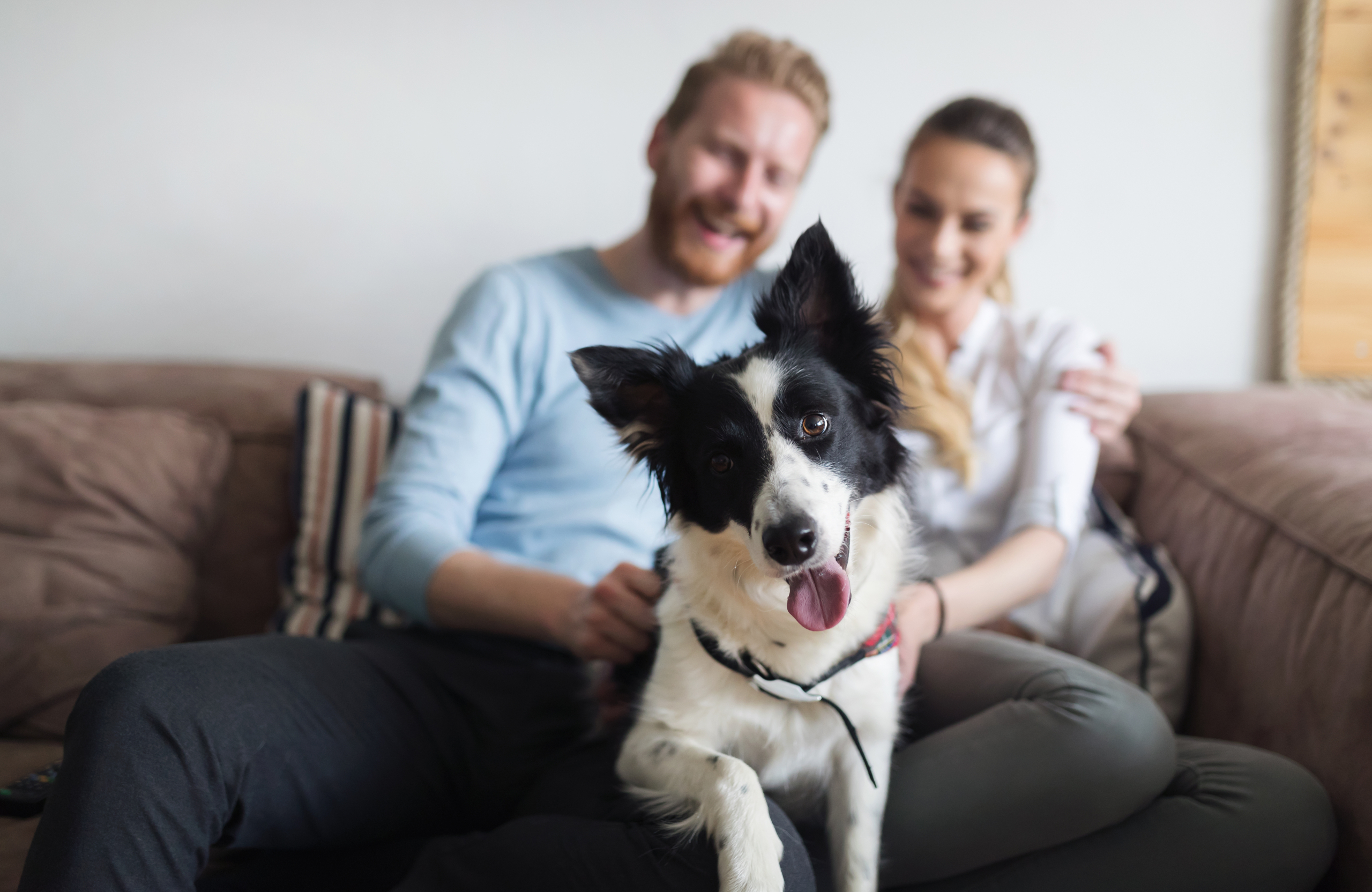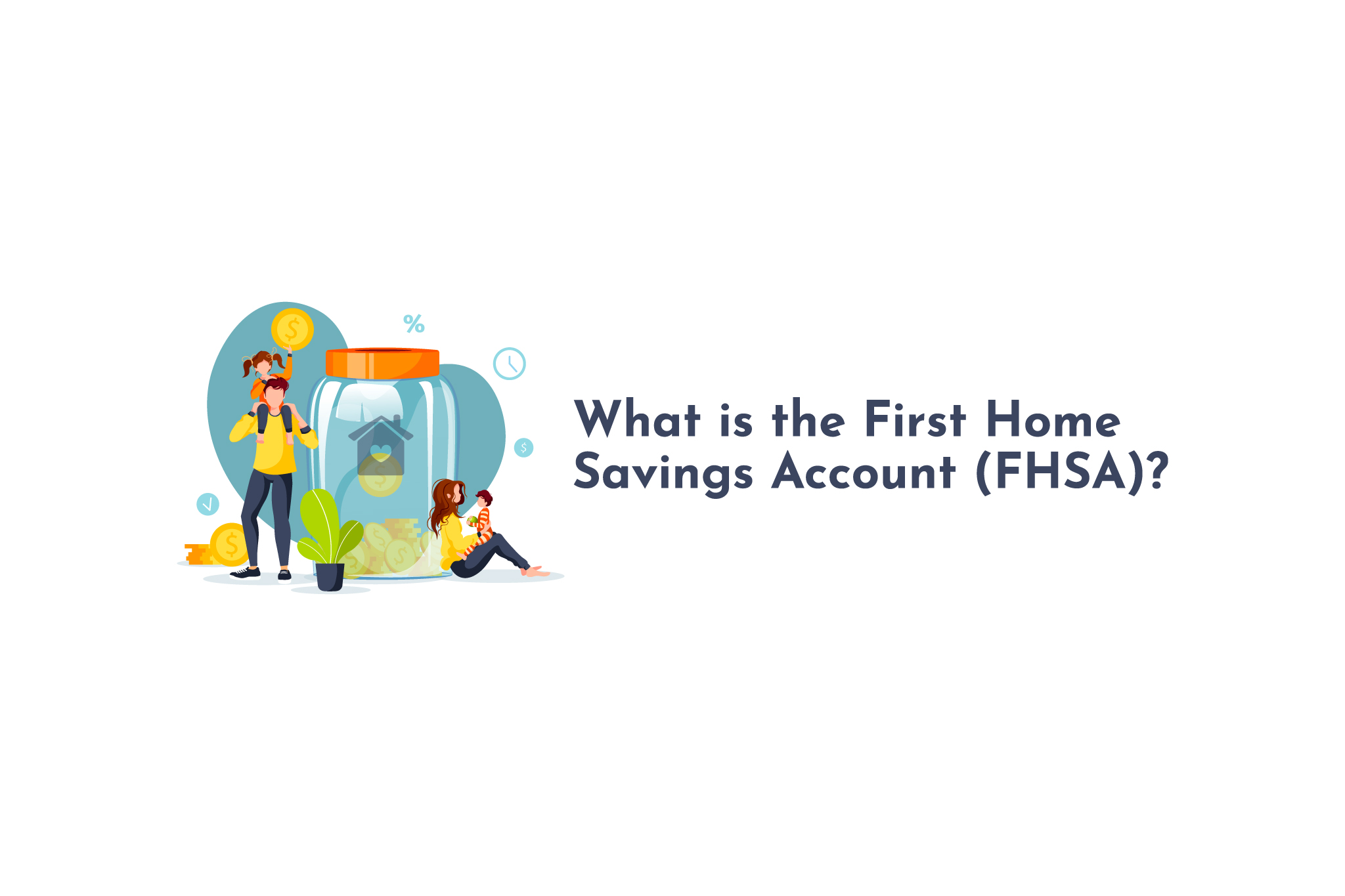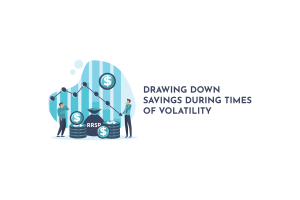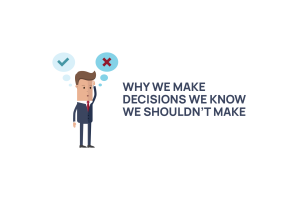Real estate values have grown steadily for years, typically outpacing the increase in people’s wages. This has made home ownership for first-time buyers more and more challenging. Mortgages are more difficult to qualify for, particularly when you need them insured by CMHC so saving a larger down payment could really aid in the process. As a first-time buyer, you’ve been able to use the money saved in your RRSP as a first-time home buyer’s withdrawal, which wasn’t taxed at the time of withdrawal, but was subject to limits and required that you pay the. money back or tax was triggered in the future. As of April 1, 2023, if you are saving for the purchase of your first house, there’s a new option available to you in Canada. The federal government launched the First Home Savings Account (FHSA) for 2023 as a new plan you can save money in. How does it work, and how will it benefit you? Let’s highlight some important points on these new accounts. To ensure we’re using the most accurate information, we have used the Government of Canada’s webpage as it relates to the First Home Savings Account as our main source.
In this article:
- Who is Eligible for FHSA?
- What and how much Can I put in my FHSA?
- FHSA tax deductions and tax considerations
- How to Use the FHSA when you buy a house
- How Long can you have an FHSA?
- What if I own an FHSA and I die?
- What is the difference between an FHSA, an RRSP and a TFSA?
- Summary
Who is Eligible for FHSA?
To open an FHSA you need to satisfy a couple of conditions.
- A qualifying individual is someone who is 18 years of age or older, a resident of Canada and a first-time home buyer.
You also need to satisfy the following to be considered a first-time buyer:
- You are considered a first-time buyer if, during any time in the calendar year before you open the account or in the four years preceding that, you didn’t live in a qualifying home.
- Your ownership in the property can’t be one that only provides you with a right to tenancy in the unit, and you need to own it and live there, not have it as an investment property.
- You don’t qualify as a first-time buyer if you lived in a home your spouse or common-law partner owned as your principal residence within the time-limited period.

What and how much Can I put in my FHSA?
Your FHSA can be:
- Depository, which would hold cash deposits, term deposits or GIC’s.
- Trusteed, which can hold all of the same investments as the depository one but also hold bonds, mutual funds and securities listed on a designated stock exchange.
- Insured, which can hold an annuity contract (segregated funds as an example).
You can have a self-directed FHSA where you manage the investment portfolio yourself or set one up through an investment company (similar to RRSPs).
The FHSA does have annual and lifetime limits for contributions:
- The lifetime limit in contributions is $40,000, and the annual limit is $8,000.
- Some rules allow you to carry forward unused FHSA amounts, but the carry-forward amount is limited to a maximum of $8,000. What this means is that you can’t accumulate more than an annual limit of $16,000 in the FHSA contribution room at any point in the life of the account.
- To try and make this easier, your FHSA contribution room will be tracked on your notice of assessment from the government.
- If you over-contribute, you generate an ‘excess FHSA amount’. Excess FHSA amounts are subject to a 1% tax on the amount for every month that the excess exists. Excess amounts are also not tax deductible. Note that transfers into the FHSA from an RRSP cannot exceed the amount of room that you have in the year they are made; otherwise, they are considered an excess FHSA amount and penalties will apply.
You can transfer money from your RRSP into an FHSA.
- You need to make sure that you have the FHSA contribution room available in the year you make the transfer.
- If you follow the transfer rules, this can be done in a way that doesn’t trigger any income taxes.
- One thing to note is that you don’t get back the RRSP contribution room when you make this transfer, so if you move $5,000 from an RRSP into an FHSA you don’t have $5,000 added back to your RRSP contribution room.
- You don’t get a tax deduction for transferring from an RRSP into the FHSA. You already received the deduction when it went into the RRSP.
- If you have a RRIF, transfers from RRIFs into an FHSA aren’t allowed.
- You cannot transfer money from a spouse or common-law partner’s RRSP into your FHSA.
- If you are transferring from a spousal RRSP remember that there can be no contributions that have been made that would be attributed back to the spouse. This means there can not have been any deposits in the spousal RRSP in the year of the transfer or the prior two calendar years. If there has been money deposited during that time you cannot transfer the spousal RRSP into the FHSA.

FHSA tax deductions and tax considerations
Contributions into the FHSA are tax deductible in the year that you make them.
- Unlike RRSP’s, contributions made in the first 60 days of the year to a FHSA aren’t deductible against last year’s income. They can only be counted against income in the year that they are deposited.
- Spousal plans aren’t allowed in the same way as RRSPs either. Yes, both spouses could own an FHSA, but the person who owns it is the person who gets the tax deduction for the deposits.
- You can decide not to write the contributions off in the year they are made, these deductions will carry forward for use in future years.
- You can transfer money into the FHSA from an RRSP but these transfers aren’t tax deductible.
- If you make a qualifying home purchase there is no tax on a withdrawal from an FHSA.
- Withdrawals that don’t qualify are allowed but they will result in taxable income and there will be tax withheld at source for any non-qualifying withdrawals. You can transfer directly from your FHSA into an RRSP or RRIF without tax consequences.
- Once you have made your first qualifying withdrawal you are no longer allowed to claim a tax deduction on any contributions to an FHSA
How to Use the FHSA when you buy a house
After you have saved in the FHSA and you have found the home you want to purchase. What happens now?
- To make a qualifying withdrawal, you need to have a written agreement to purchase the qualifying home with the closing date being before October 1st of the year following the date of the withdrawal.
- You can’t have acquired the home more than 30 days before you made the withdrawal. The FHSA can’t be used as an after-the-fact account. You can’t put money into an FHSA more than 30 days after closing on your first house and have it be a qualifying withdrawal.
- You need to live in the house with it as your principal residence within one year of the closing (again, the FHSA is for your home, not an investment property).
As long as the FHSA withdrawal meets the qualifying criteria the money that comes out of the plan is tax free. Unlike the RRSP first-time home buyers plan there is no requirement to pay this money back in the future.
How long can you have an FHSA?
- The account must be closed by the 15th anniversary of the plan. These aren’t retirement savings plans; they have a shelf life so if you haven’t purchased a home within 15 years of opening the account you need to close it down.
- You can’t own an FHSA after you turn 71 years of age. By the end of the year that you turn 71 you need to close any FHSA that you own.
- When you make a qualifying withdrawal, you need to have the FHSA closed by the end of the year following your first withdrawal. So, if you purchase a home in 2028 and make a qualifying withdrawal, you have until the end of 2029 to close the account.

What if I own an FHSA and I die?
There are a few different scenarios. Note that to be a successor holder you need to be the spouse or common-law partner of the deceased owner.
- Your survivor is a successor holder and a qualified individual: the survivor takes over ownership of the FHSA. You must follow the FHSA rules.
- Your survivor is a successor holder but is not a qualifying individual: the survivor must transfer the assets directly into an RRSP/RRIF or tax a taxable withdrawal from the account closing.
- Your survivor is designated as a beneficiary of the FHSA: the beneficiary must transfer the assets directly into an RRSP/RRIF or tax a taxable withdrawal from the account closing.
- If there is no successor holder or beneficiary designated the assets in the FHSA are distributed, and the value becomes part of the deceased holder’s estate.
These rules are complicated sounding. Basically, it boils down to if you have a spouse or common-law partner make them the successor holder, not the beneficiary. At least that way they have the option of keeping the money in a FHSA if they qualify for one.
What is the difference between an FHSA, an RRSP and a TFSA?
| FHSA | RRSP (home buyers Plan) | TFSA | |
| Contributions are tax deductible | Yes | Yes | No |
| Withdrawals are taxable | No (for qualifying withdrawals) | No (for home buyers plan withdrawal) | No |
| Withdrawals must be paid back in the future | No (for qualifying withdrawals) | Yes (for home buyers plan withdrawal) | No |
| Annual contribution limit is tied to income | No | Yes | No |
| Contribution Room Accumulates | Yes, within limits | Yes | Yes |
| Must be used to purchase first home | Yes | No, home buyers plan is not required for an RRSP | No |
| First time Home Buyers only | Yes | Yes, for home buyers plan withdrawal | No |
| Lifetime Limit on contributions | $40,000 | None but you are capped at $35,000 for home buyers plan withdrawal | Cumulative, no upper limit |
| How long can account be open | 15 years or age 71 | Age 71 | No limit |
Let’s summarize the key points:
- You need to meet the criteria as a first-time home buyer to be allowed to open the account.
- You are limited both annually and over the lifetime of the plan as to how much money you can put into the account.
- Contributions are tax deductible and investment growth is tax sheltered.
- Qualifying withdrawals are made tax free and there is no requirement to pay the money back into any registered savings plan.
- You can’t own an account longer than 15 years or at the end of the year you turn 71, whichever is shorter. You also need to close the account by the end of the year following your first qualifying withdrawal.
Strategies to think about:
- The idea of transferring existing RRSP holdings into this account becomes attractive with the idea that there is no requirement to repay a qualifying withdrawal. With the RRSP first time home buyers’ plan you do need to pay the money back into registered savings or taxable income is triggered in the future.
- The lack of a repayment provision likely makes this the first option for saving for a downpayment on a first home
- You can use this in combination with the RRSP first time home buyers’ plan as well, increasing the amount of your down payment. Remember to factor in the different rules for the repayment though.
The First Home Savings Account is a nice tool to have access to in the event that you are saving for a home. How can this fit in with your overall financial plan as you move forward? Talk to a financial advisor to make sure that you are putting together a plan that makes sense for you today and into the future.





